Septembers focus was “me, my family and friends” at Adventure Academy. We talked about ourselves, those closest to us, discussed extended family members, learned about stranger danger, talked about bullies … We learned how behaviors affect relationships and how emotions influence behaviors. We used curriculums like Mother Goose Time to build on the lessons. Octobers theme is “Fall on the Farm,” but we haven’t started the activities yet as the students were still engaged in the relationship activities. We’ll transition to our farm theme learning about relationships with animals next week.
While planning that transition a student commented on how one should be kind to all living things. This led to a discussion of the weather changes and trees “dying” in the fall. Obviously people and our pets and other animals are alive – “but are trees? Why should we care about trees? How can we take care of trees? How can kids help take care of things?” Listening to the students ask and answer such questions helps you see their world. Letting them lead the discussion helps them feel empowered and important.
Every student in our multi-age child care and tutoring programs is important. Every student comes with their own strengths and talents to share. Every student is there to encourage each other and “help take care of things” in our one-room-school-house. Every student has a say on how they help and what they want to learn about. The classroom goals are individualized – yet we work as a team, as a family, to reach them. We work together by communicating our wants and needs and understand that everyone has wants and needs.
Communication is the key to any programs success, but some programs have very small children or special needs students with limited speech. This concept led to discussions about ways we can communicate without words. From reading/writing to sign language to observing each others mannerisms and expressions. When one expresses their emotions they tell us what they are feeling. Learning how to read feelings can help us understand their behaviors. One of this weeks classroom games included feeling-charades.
Expressing feelings is important for one’s mental health and having empathy for others emotions encourages a peaceful community. During a training we facilitated providers discussed the concern for children – especially those on the spectrum – not understanding emotions and we learned more trainings are still needed on that subject. Some people have a harder time understanding / reading emotions – and need to be taught cues – but most do understand – even those on the spectrum.
Actually many on the spectrum do understand and they feel strongly for others, but sometimes have trouble verbalizing the feelings or knowing how to respond. Sometimes these individuals feel stronger than most, just as other senses may be heightened, and show their understanding in different ways. Take time this week to observe individuals feelings and how they communicate. When they speak – truly listen (not to answer, but to just listen) – and watch their mannerism and expressions.
Ask yourself how others feelings are influencing their behaviors. Ask yourself how your own expressions affect your own behaviors. How are people perceiving you? What are you teaching young people about expressing thoughts and feelings? Teaching how to communicate wants and needs is a lesson we all need to review in our homes and out in the community. How we communicate with others – with animals – with all living things – with all things matter. Are you being kind to everything?
Ask a child how what they see in your actions – you may be surprised. Ask them to step up and help more – you may be surprised at what they are capable of. Take time to learn from others, from other programs, communities, cultures. Feel free to learn and steal ideas from Mi Families. “My families” resource programs are for providers, parents and children. Adventure Academy is our program for children. Adventure Academy offers child care and tutoring services 7 days a week.
Email Christi@MiFamilies.com for more information about Adventure Academy or other Mi Families, LLC programs. Feel free to subscribe above to see what we are up to and feel free to find us on other social media sites for resources and networking. We’re on Facebook, Pinterest, YouTube, LinkedIN…. Want us somewhere else you visit? Just let us know! Want us to offer a specific program? Just let us know! We are building team members to our “family” across Michigan!

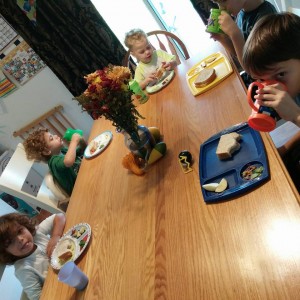
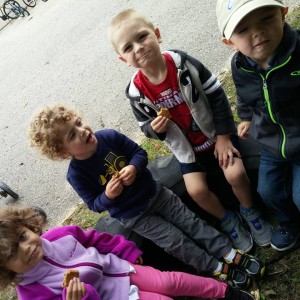
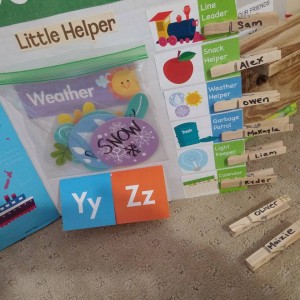
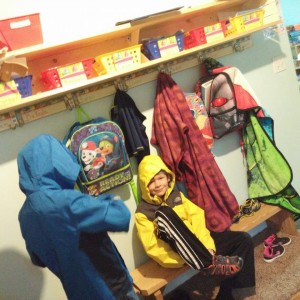
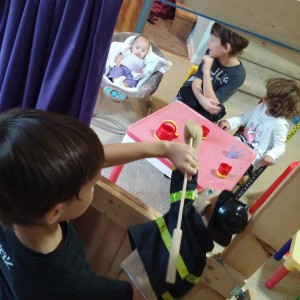
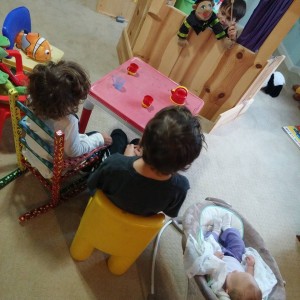
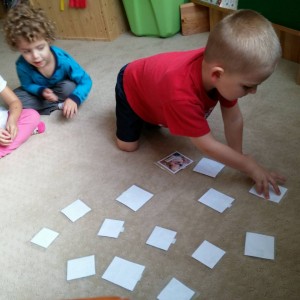
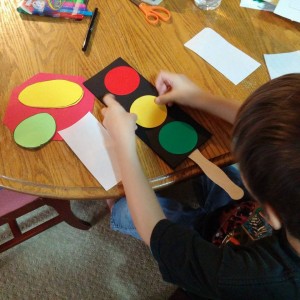
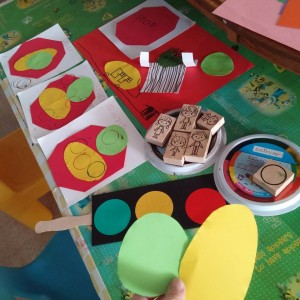
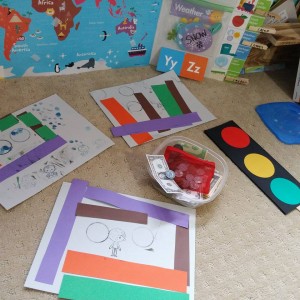
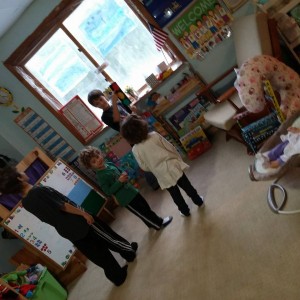
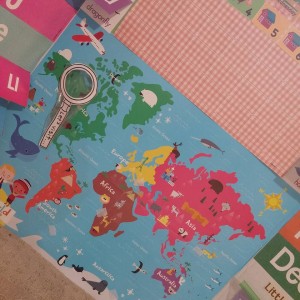
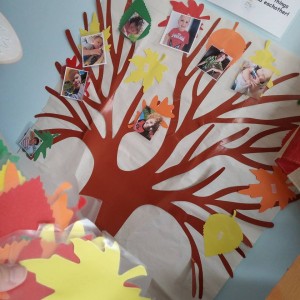
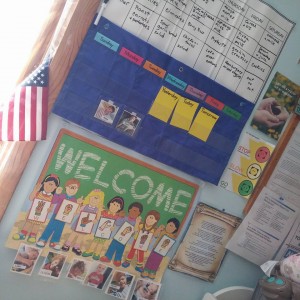

Leave a Reply